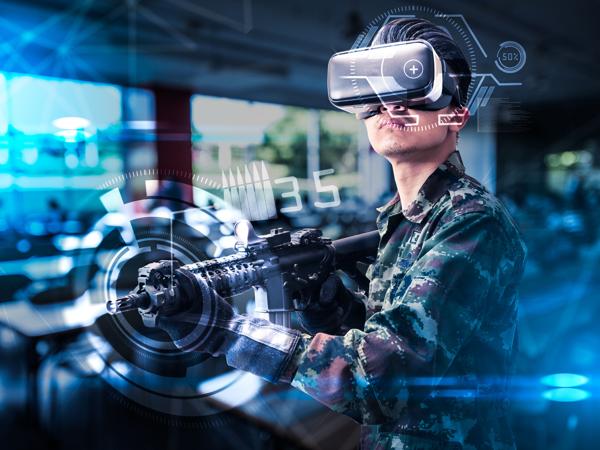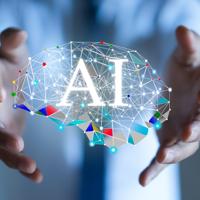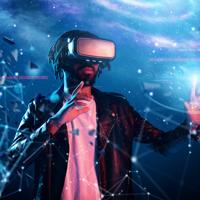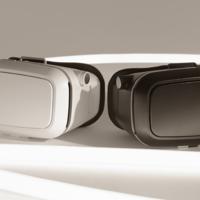In recent years, augmented reality (AR) has quietly made its way into various educational settings, offering new opportunities for engagement and learning. By superimposing digital information on the physical world, AR has become a subtle yet impactful tool in the educational landscape. This article explores its diverse applications, providing a glimpse into how AR might shape the future of learning.
Enhancing Classroom Instruction
Interactive Learning Experiences
AR can offer a layer of interactivity that enhances traditional classroom instruction. For instance, when students study the human body, AR can project a 3D model of a human heart that they can rotate and examine in detail, providing insight into its functions and internal structure.
This form of interactive content allows students to engage with complex subjects without being overwhelmed. Research suggests that students often have improved retention rates when they can interact with the material directly (Billinghurst, 2015).
Visualizing Abstract Concepts
Subjects such as mathematics can be challenging due to their abstract nature. AR can help students visualize complex mathematical concepts and solutions in a tangible form. For example, geometric figures can be viewed in a 3-dimensional space, enabling students to see relations and properties that are not obvious in 2-dimensional textbooks.
Such tools provide an immediate feedback loop and foster an experiential learning environment where students can learn through doing (Dey, B., & Billinghurst, M., 2020).
Supporting Diverse Learning Styles
Personalized Learning Paths
Each student is unique, and AR enables educators to tailor learning experiences to fit diverse needs. For visual learners, animations can illustrate historical events or scientific processes, while kinesthetic learners can interact with their environment to grasp the material.
Applications like Google Expeditions allow learners to participate in virtual field trips, providing contextual understanding without leaving the classroom. This can be particularly beneficial for students who struggle with conventional teaching methods.
Facilitating Accessibility
AR has the potential to make learning more inclusive. Students with learning disabilities can benefit from AR's visual and interactive capabilities. Apps such as Aurasma can be used to create overlays that simplify complex instructions or provide additional contextual information.
Moreover, AR can support language learners by translating text or spoken words into a more accessible format, thus lowering language barriers and supporting bilingual education (Wu, H. K., Lee, S. W., Chang, H. Y., & Liang, J. C., 2013).
Real-World Application and Skills
Simulated Practice
Through AR, students can practice real-world skills in a safe environment. Medical students, for example, can benefit from virtual surgeries that allow them to practice without risks associated with real-life operations.
Similarly, automotive students can learn about engine repairs by interacting with a virtual engine, identifying parts, and understanding their functions. These simulations prepare students for real-life scenarios by building confidence and reducing the learning curve.
Collaborative Learning
AR fosters collaboration by creating shared learning experiences. By collectively engaging with AR environments, students can work on projects or problem-solving tasks. This collaborative nature not only enhances interpersonal skills but can also lead to improved problem-solving strategies.
A study by Dunleavy & Dede (2014) emphasizes the role of AR in facilitating group-based educational activities that promote critical and creative thinking among participants.
Cautious Optimism
While AR holds promising potential, it's essential to approach its implementation with thoughtful consideration. The cost of technology, as well as the training required for educators, can be barriers. Moreover, the novelty of AR might overshadow its educational value if not integrated carefully within the curriculum.
Therefore, adopting AR in education requires a balanced approach, ensuring that it complements rather than replaces traditional teaching methods. The technology should be viewed as an extension that creates a more engaging and effective learning environment.
Conclusion
In many ways, AR serves as a bridge between students and their learning materials, making education more accessible and engaging. As educators and technologists continue to explore its applications, AR could increasingly support personalized and impactful learning experiences.
The journey is just beginning, and there is much to learn about how best to leverage AR in classrooms worldwide—an endeavor that holds promise for enriching the educational landscape.
References
- Billinghurst, M. (2015). "Augmented Reality in Education and Training." New Horizons in Education.
- Dey, B., & Billinghurst, M. (2020). "Exploring the Educational Potential of Augmented Reality."
- Wu, H. K., Lee, S. W., Chang, H. Y., & Liang, J. C. (2013). "Current status, opportunities and challenges of augmented reality in education." Computers & Education.
- Dunleavy, M., & Dede, C. (2014). "Augmented reality teaching and learning." Handbook of Research on Educational Communications and Technology.




